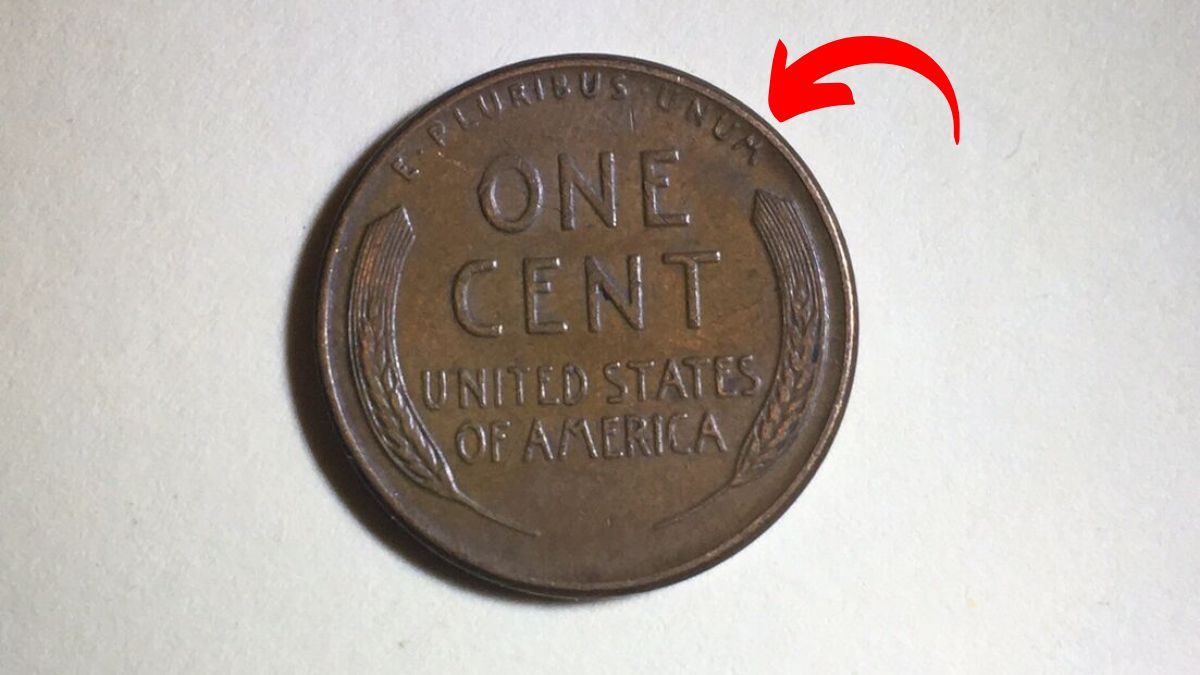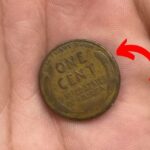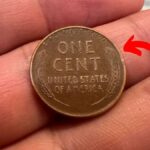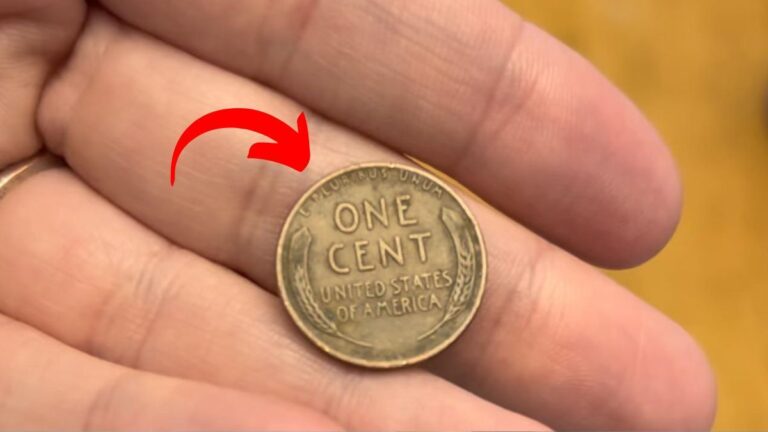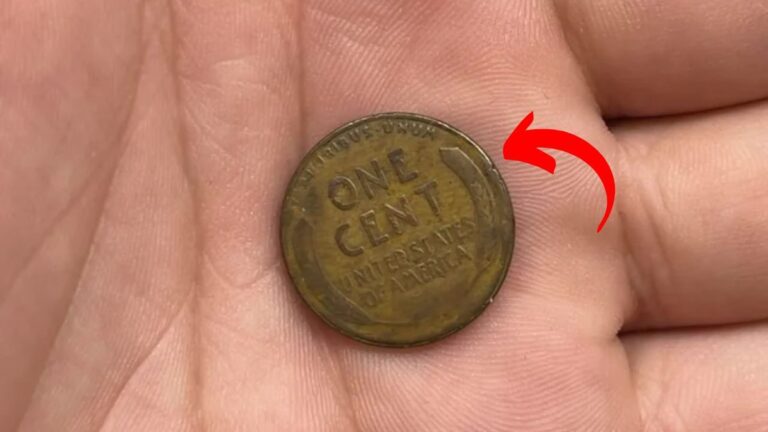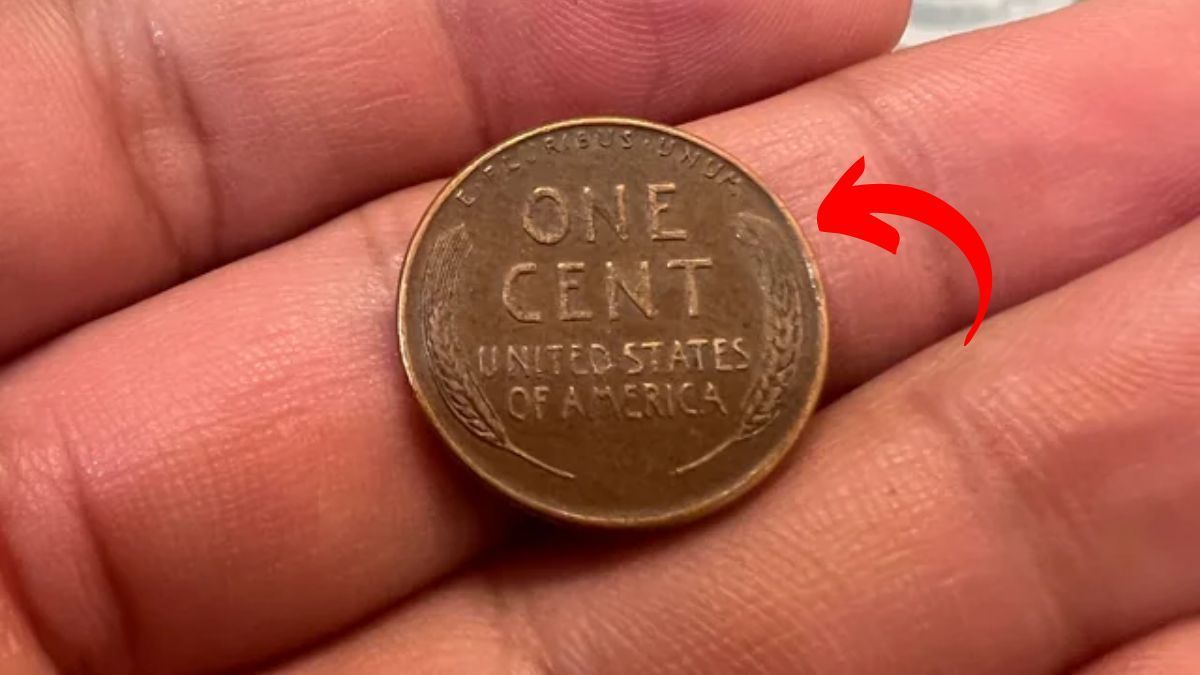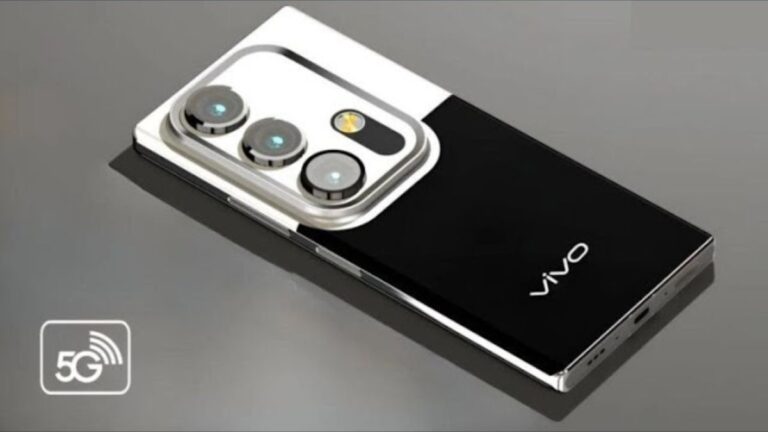The Lincoln Wheat Penny Valued at $1.4 Billion: The Lincoln Wheat Penny stands as one of America’s most fascinating pieces of currency history. First introduced in 1909 to commemorate the 100th anniversary of President Abraham Lincoln’s birth, this small copper coin would eventually become the foundation of countless treasure hunting dreams. Designed by sculptor Victor D. Brenner, the coin featured Lincoln’s distinctive profile on the front and two elegant wheat stalks on the reverse side, earning it the beloved nickname that collectors still use today. These pennies were continuously produced until 1958, when the familiar Lincoln Memorial design took their place. What makes this story truly remarkable is that some of these seemingly ordinary pennies have transformed into million-dollar discoveries, proving that extraordinary value can hide in the most unexpected places.
What Makes Some Wheat Pennies Worth Millions
The incredible value of certain Lincoln Wheat Pennies comes from a perfect storm of rarity, historical significance, and manufacturing mistakes. Manufacturing errors have created some of the most valuable specimens in existence, with double-die impressions and incorrect metal compositions leading to astronomical prices at auction. Limited production runs during specific years have also contributed significantly to their worth, particularly when combined with unique mint marks from different production facilities. The historical importance of being among the first widely circulated coins to feature a United States President adds another layer of collector appeal. These factors work together to create a market where condition, rarity, and provenance determine whether a penny remains worth one cent or becomes worth millions of dollars.
The Million-Dollar Mistake Stories
Among the most valuable wheat pennies are those born from wartime necessity and human error. The 1943 Copper Lincoln Penny, mistakenly struck in bronze instead of the required wartime steel, has sold for as much as $1.7 million. During World War II, copper was desperately needed for the war effort, so the U.S. Mint switched to zinc-coated steel for penny production. However, a few copper blanks accidentally remained in the machinery, creating these incredibly rare specimens. The 1944-D Steel Penny tells the opposite story, where steel planchets were accidentally used when production should have returned to copper, with only seven to ten examples known to exist. These error coins represent some of the most dramatic examples of how manufacturing mistakes can create numismatic gold mines.
Key Dates and Valuable Variations Worth Knowing
Several specific dates and variations command impressive prices in today’s market. The 1909-S VDB Penny, featuring designer Victor Brenner’s initials prominently displayed, had only 484,000 specimens produced and has reached auction prices of approximately $1.2 million in exceptional condition. The 1914-D Wheat Penny, with a mintage of just 1.2 million compared to over 70 million from Philadelphia that same year, represents one of the scarcest in the entire series. The 1955 Double-Die Penny shows dramatic doubling in the date and lettering, making it easily recognizable and highly valuable at around $100,000 for quality specimens. Even more recent discoveries like the 1958 Double-Die Obverse have achieved remarkable prices, with one example selling for $336,000 at auction.
How to Identify Potentially Valuable Specimens
Recognizing a valuable wheat penny requires careful attention to specific details that separate common coins from treasures. The date remains the most crucial factor, with pennies minted between 1909 and 1958 deserving special attention. Mint marks, appearing as small letters beneath the date, can dramatically affect value, with “S” for San Francisco and “D” for Denver often indicating higher worth than unmarked Philadelphia coins. Manufacturing errors present another avenue for value, including unusual colors, missing elements, double impressions, or coins that feel different in weight. A simple magnet test can help identify the rare 1943 copper pennies, as steel versions will stick to a magnet while the valuable copper ones will not. The coin’s overall condition plays a massive role in determining value, with uncirculated examples commanding exponentially higher prices than worn specimens.
The Modern Treasure Hunt and Professional Evaluation
The possibility of discovering valuable wheat pennies has transformed everyday coin handling into an exciting treasure hunt for millions of Americans. While the odds of finding the most valuable specimens remain extremely low, many wheat pennies are still readily available in circulated condition and can be worth significantly more than face value even in lower grades. Professional evaluation becomes essential when dealing with potentially valuable discoveries, as certified coin dealers can authenticate specimens and provide accurate valuations. They possess the expertise to identify subtle details that affect worth, such as die varieties, strike quality, and the presence of cleaning or damage that might reduce value. Modern technology, including coin identification apps and online databases, has made preliminary research more accessible to amateur collectors.
Investment Potential and Market Realities
The wheat penny market demonstrates both the exciting potential and important realities of coin collecting as an investment. While common wheat pennies typically trade for 3 to 5 cents, rare key dates and error coins can fetch hundreds to thousands of dollars depending on condition. Market values fluctuate based on collector demand, economic conditions, and the discovery of new specimens, making professional guidance valuable for serious investors. Authentication remains crucial, as the high values have unfortunately led to counterfeiting of the most valuable dates and varieties. However, the combination of historical significance, limited supply, and continued collector interest suggests that quality specimens will likely maintain their appeal. For those interested in the hobby, wheat penny collecting offers an accessible entry point into numismatics while maintaining the exciting possibility of discovering something truly extraordinary in everyday pocket change.
Disclaimer: The information presented in this article is compiled from various sources and is intended for educational purposes only. Coin values can fluctuate significantly based on market conditions, authentication, and condition. Actual values may vary from estimates provided. Claims of billion-dollar valuations are often unverified and should be treated with skepticism. Before making any investment decisions or selling coins, consult with professional numismatists or certified coin dealers. Always verify the authenticity of potentially valuable coins through reputable grading services.
